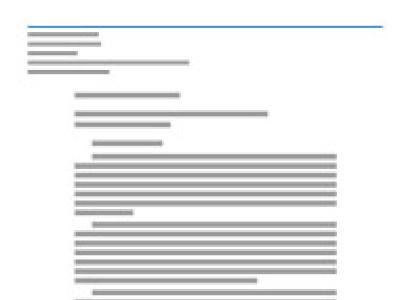
Legislation is important business for parliaments. Parliaments around the world implement a staggering number of new laws every week but few parliaments know what happens after these laws are implemented. Post-legislative scrutiny (PLS) is a systematic and structured process that helps parliaments review the implementation and impact of legislation.
Post-legislative scrutiny is an essential function of parliaments in a governance system under the rule of law. The critical question for any parliament is not whether to undertake PLS, but how to do it in the best possible way.
While there is no single blueprint for PLS it in parliamentary settings, through this manual, Westminster Foundation for Democracy (WFD) offers practical guidance and examples aimed at assisting and enabling systematic, focused, and methodological post-legislative activities by parliaments.
This resource is a revised and updated version of WFD’s PLS manual from 2017, enriched by the experience and lessons learned in conducting PLS activities over the past six years since the original manual was published. The manual has 5 main sections.
The first section explains what PLS is. It sets the scene and determines the main principles for conducting PLS by parliament. It addresses the questions of which laws need priority focus, what questions to ask, and which issues to pursue. The section also discusses how PLS can scrutinise cross-cutting topics or priorities, such as gender or environment and climate change concerns. It answers the question of who should be involved in PLS and what their role should be.
The second section describes factors that can make a difference in post-legislative scrutiny activities.
The third section presents the main methodological steps for effective post-legislative scrutiny. These steps include:
-
Actions to start PLS: defining the objectives and scope of PLS, collecting background information, identifying important stakeholders and reviewing the role of implementing agencies and delegated legislation.
-
Actions to implement PLS: conducting consultation and public engagement activities, analysing PLS findings and drafting the PLS report.
-
Follow-up activities: inviting a response from the government, conducting follow-up activities and evaluating the PLS process and results.
The fourth section examines how PLS can make a difference for parliaments, for governments and for citizens. This section uses examples from around the world to support the argument that PLS is a powerful tool.
The final section of the manual offers concluding remarks and important and innovative next steps for the future. It recommends the development of PLS indicators and the establishment of a PLS community of practice.
The manual has been drafted because WFD sees value in the argument that post-legislative scrutiny should be a more integral part of the parliamentary process. WFD is aware of the resource problems that parliaments may face and the need for a flexible approach. The manual seeks, as much as possible, to build on existing systems and procedures in parliament.





